After being introduced to a few of the properties or attributes of polygons, students were challenged today to put their polygonal powers into practice. Our first task was to connect two straws to create an always-exciting angle. Straws (representing line segments) and twist ties (serving as the connecting vertex) were rotated into varying sizes of acute and obtuse angles with some right and reflex angles thrown into the mix. Students then ordered their angles from least to greatest. As students compared their creations, aligning vertices and line segments became a preferred practice.
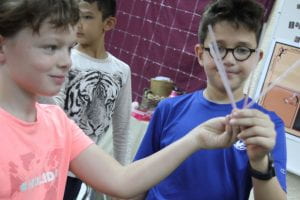
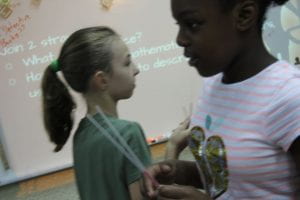
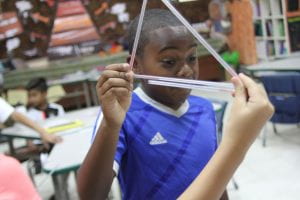
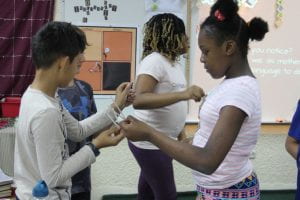
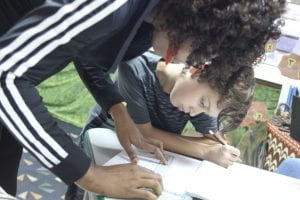
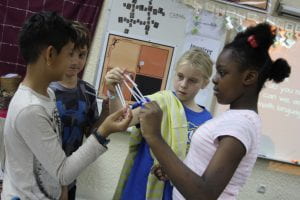
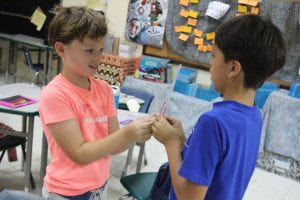
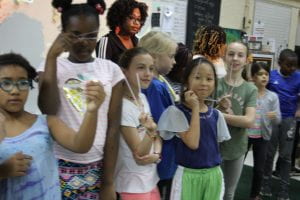
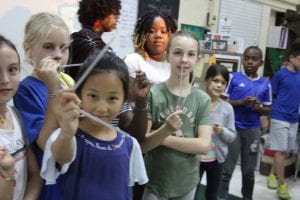
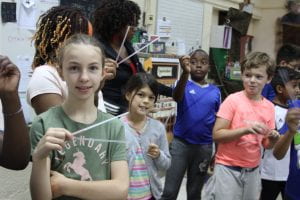
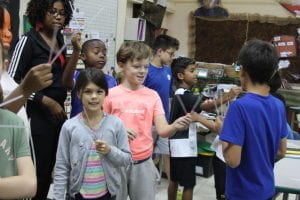
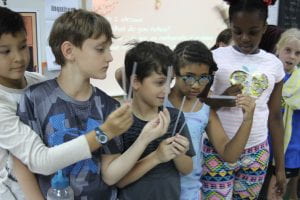
We then added another line segment to create terrific, although sometimes-tricky… TRIangles. Some scholars opted to use multiple sources as references and subsequently adjusted angles and switched out sides. By manipulating the straws and twist ties, many triangles were made. In addition, a number of thoughtful math conversations occurred as we challenged one another to consider different points of view and describe our figures with mathematical language.
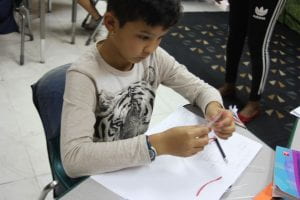
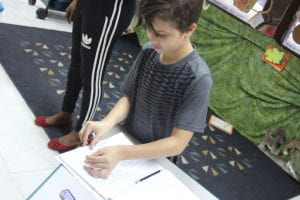

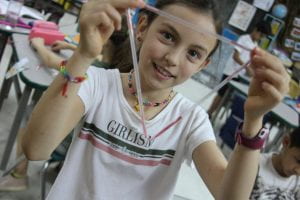
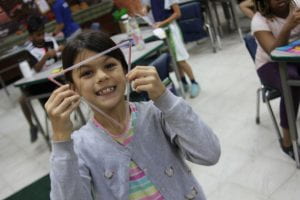
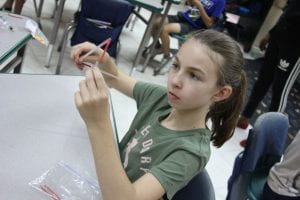
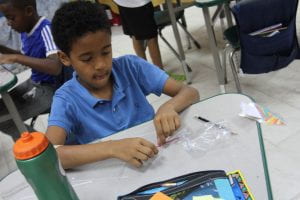
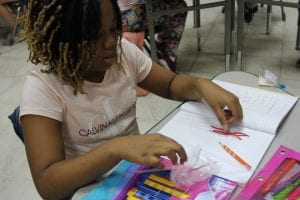

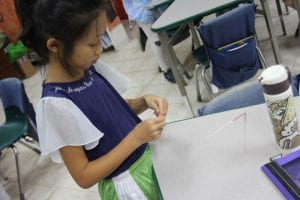

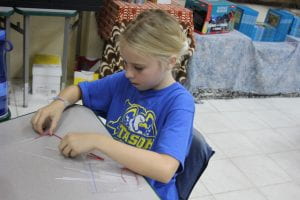

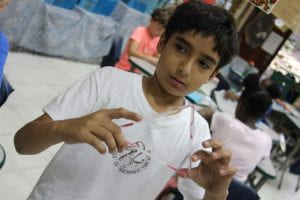
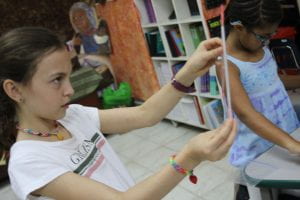
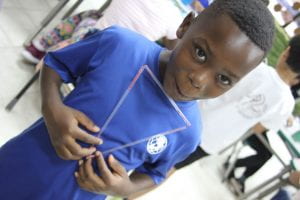
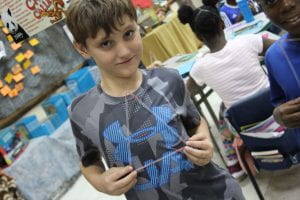
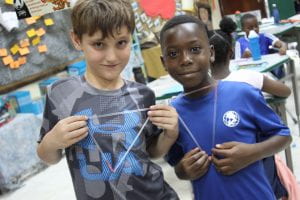
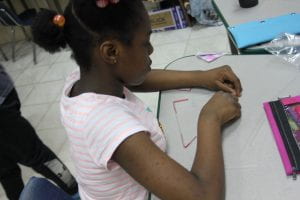
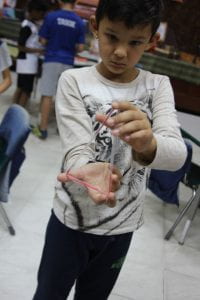
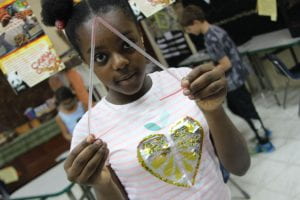
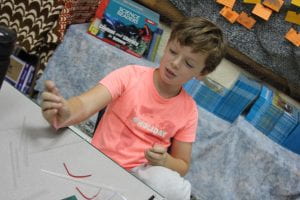


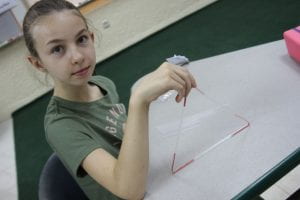
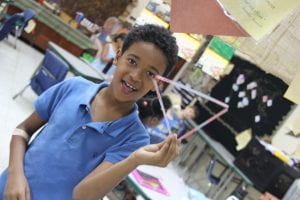
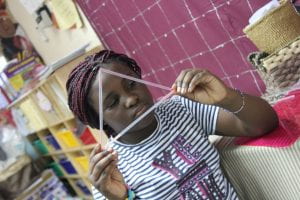

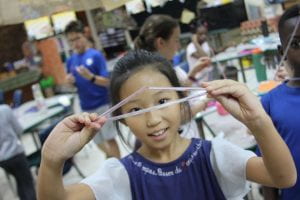
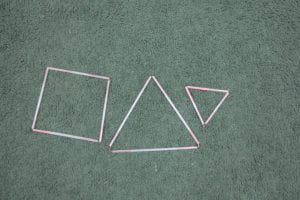
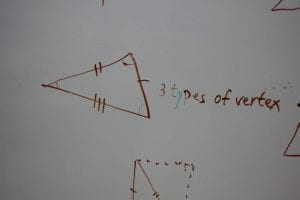
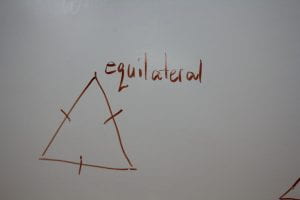
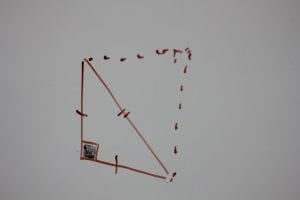
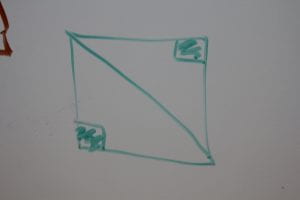
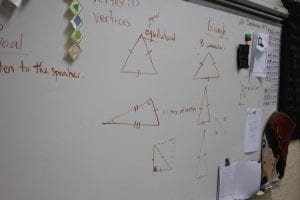
After a brief brain break (a.k.a. recess), we returned to ruminate on rectangles, rhombuses, and other quadrilaterals.
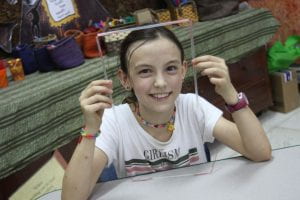
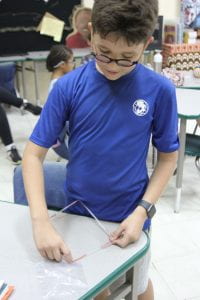
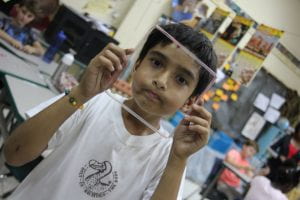

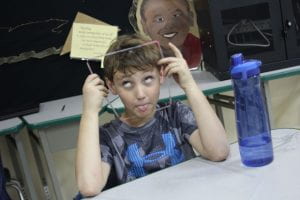
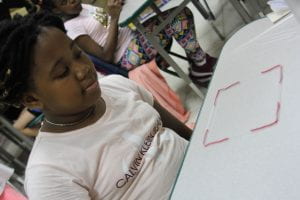
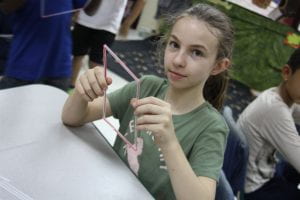
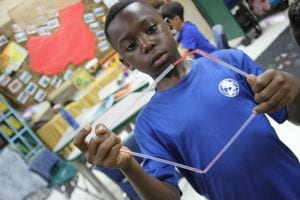
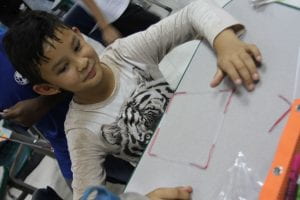
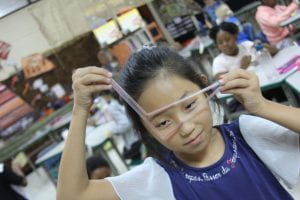
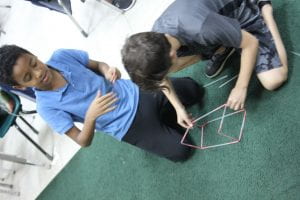

By the end of our time together, the board was bursting with our ideas into which we might make further inquiries. As we continue to look at and learn about the language of lines and ponder the properties of polygons, perhaps some of ideas will be refined or revised.
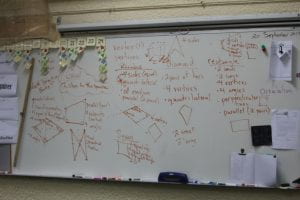
Check out the following multiple sources to help you inquire further into the ideas investigated today.
Here are a couple other videos from Math Antics on some related topics – polygons and quadrilaterals
Math is Fun
In addition to reading and ruminating on some rigorous ideas, you can use Math is Fun’s online tools to play with polygons and their angles.
As we continue to become more powerful math-magicians, we will be able to use polygons and our understanding of them as multiple sources. We will use polygons as tools to explore concepts related to angles and fractions, as well as, problem solving and algebra.
